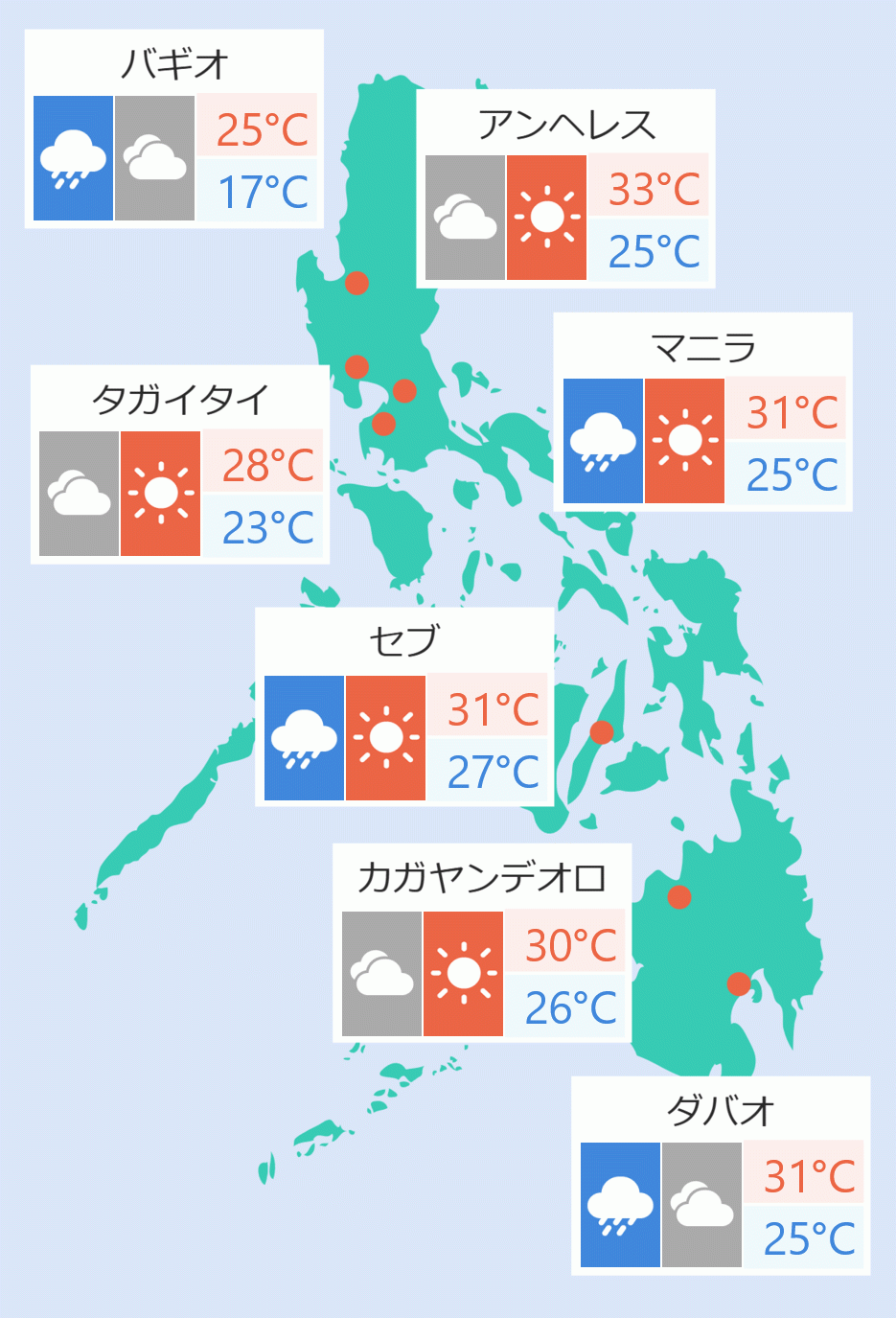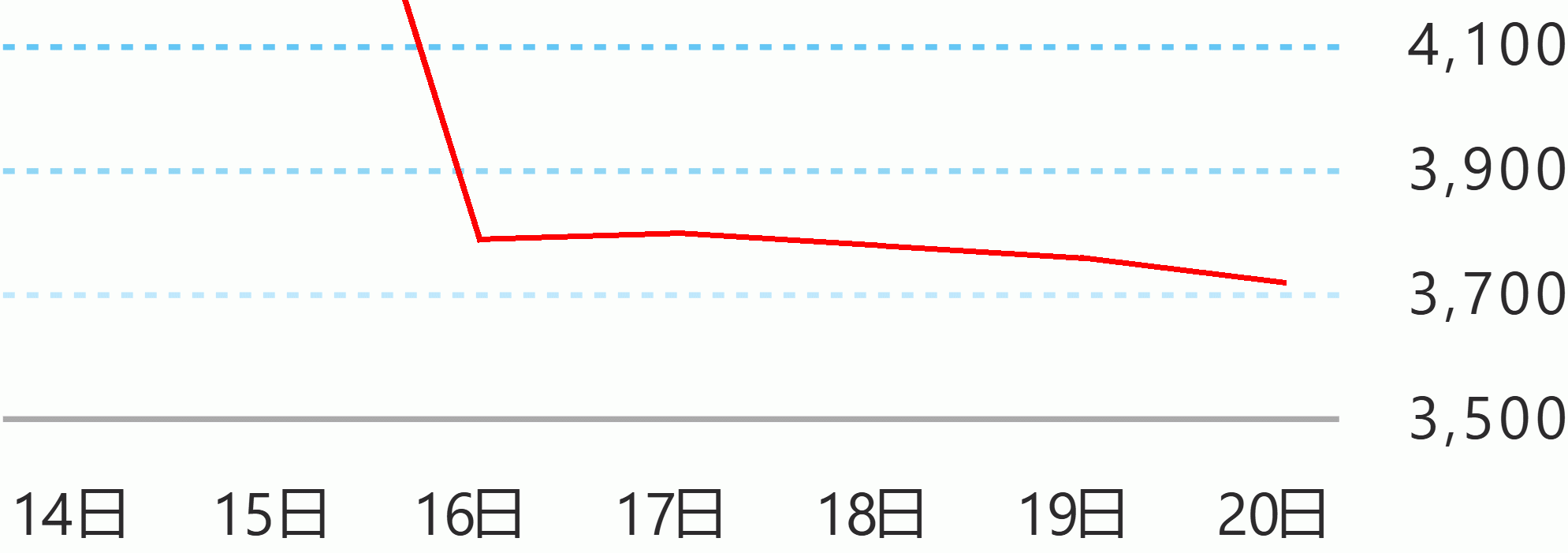Most farmlands in the Philippines have low soil fertility, making it difficult for farmers to increase their yield, an official of the Department of Agriculture (DA) said on Saturday.
Karen Bautista, the chief agriculturist of DA’s Bureau of Soil and Water Management, said the degree of soil fertility continues to decrease, citing their national soil fertility mapping project which revealed that some 82 percent of the farmlands in the country have moderate to low levels of soil fertility.
“Ten years ago, nasa…moderate levels of soil fertility iyong ating mga kalupaan. So, patuloy po na nadi-degrade, nagkakaroon po ng degradation over the years due to some unsustainable agricultural practices,” Bautista told a news forum in Quezon City.
Another problem, Bautista added, is the low level of nutrients in farmlands caused by imported synthetic fertilizers like urea.
“So iyong ating mga lupa ay mababa ang contents ng mga major nutrients katulad ng nitrogen, phosphorus and potassium na nandoon sa mga kadalasan na ina-apply po natin – nagkakaroon tayo ng pag-aabono, iyong fertilization na tinatawag. Karamihan sa mga farmers po natin dependent doon sa inorganic fertilizers o synthetic fertilizers na imported,” she explained.
This is the reason why the government is aggressively campaigning for a balanced fertilization strategy to ramp up agricultural crop output, Bautista said.
Bautista stressed the combination of organic fertilizers and biofertilizers will increase agricultural yield.
“Mayroon kaming 100-hectare technology demonstration areas sa buong Pilipinas at ini-encourage po natin ang ating mga magsasaka na gumamit ng balanced fertilization strategy upang matugunan po ang mahal na paggamit ng synthetic imported fertilizers. At ma-promote po natin iyong local production ng ating mga alternative inputs,” Bautista said.
She said the use of balanced fertilization strategy also addresses the issue of expensive fertilizers and other farm inputs.
Bautista said that, before the pandemic, the cost of synthetic fertilizers was around P1,500 per bag. During the pandemic and during the Russian-Ukrainian conflict, the cost of synthetic fertilizers reached P3,000 up to P3,500.
“*Katulad po ng paggamit, solely dependent po sa inorganic fertilizers without using organic fertilizers and other soil amendments.* Kasi po iyong ating imported synthetic fertilizers nagko-contribute po iyan sa acidity ng ating lupa kung mali ang paggamit -- hindi right time, hindi right amount, hindi right rate,” Bautista said, emphasizing the importance of the proper fertilization management practices of farmers.
With the balanced fertilization strategy and crop diversification, Bautista said the country’s national yield per hectare, as of 2022, of rice which was 4.11 metric tons per hectare, could be raised further.
“Iyong potential yield po puwedeng tumaas katulad ng mga neighboring countries natin like Thailand and Vietnam na umaabot sila ng 7 to 8 metric tons per hectare,” Bautista said. Presidential News Desk





 English
English









